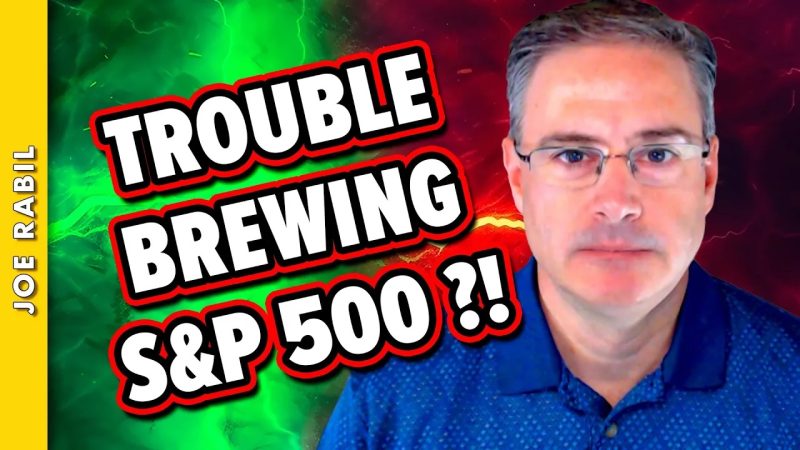In the ever-evolving landscape of the stock market, being attuned to warning signs of a potential downturn is essential for investors seeking to protect their assets and maximize their returns. The S&P 500 index, a widely followed barometer of the US stock market, can provide valuable insights into market sentiment and direction. As we navigate through economic uncertainties and changing market conditions, it is crucial to be alert to key indicators that may signal an impending downturn in the S&P 500, allowing investors to make informed decisions and mitigate potential risks.
One important warning sign to watch for is a bearish divergence between the S&P 500 index and key economic indicators. If the index is reaching new highs while economic indicators such as GDP growth, employment numbers, or corporate earnings are weakening or stagnating, it could indicate underlying weakness in the market that may lead to a downturn. Monitoring these divergences can provide valuable clues about the health of the economy and the sustainability of the market rally.
Another critical indicator to pay attention to is market volatility, as measured by the VIX index. A sharp increase in volatility often precedes market downturns, signaling growing uncertainty and fear among investors. Elevated levels of the VIX index can indicate a heightened risk of a market correction or crash, prompting investors to reevaluate their risk exposure and adjust their investment strategies accordingly.
Furthermore, analyzing market breadth can offer valuable insights into the strength and breadth of market participation. A healthy market rally is characterized by broad-based participation across sectors and industries, with a majority of stocks advancing alongside the index. Conversely, a narrowing market rally, where only a handful of stocks are driving the index higher while the majority are lagging, could signal a market top and potential reversal in the S&P 500. Keeping a close eye on market breadth indicators can help investors assess the sustainability of the rally and identify potential inflection points.
In addition to technical indicators, macroeconomic factors such as interest rates, inflation, and geopolitical events can also influence the direction of the S&P 500 index. Changes in monetary policy by central banks, fluctuations in commodity prices, or geopolitical tensions can all impact market sentiment and trigger sell-offs in the stock market. Staying informed about these external factors and their potential implications for the S&P 500 can help investors anticipate market movements and adjust their portfolios accordingly.
In conclusion, being vigilant and proactive in monitoring warning signs of a potential downturn in the S&P 500 is crucial for investors looking to safeguard their investments and navigate volatile market conditions successfully. By staying informed, analyzing key indicators, and maintaining a diversified portfolio, investors can better position themselves to weather market downturns and capitalize on investment opportunities in the ever-changing landscape of the stock market.
